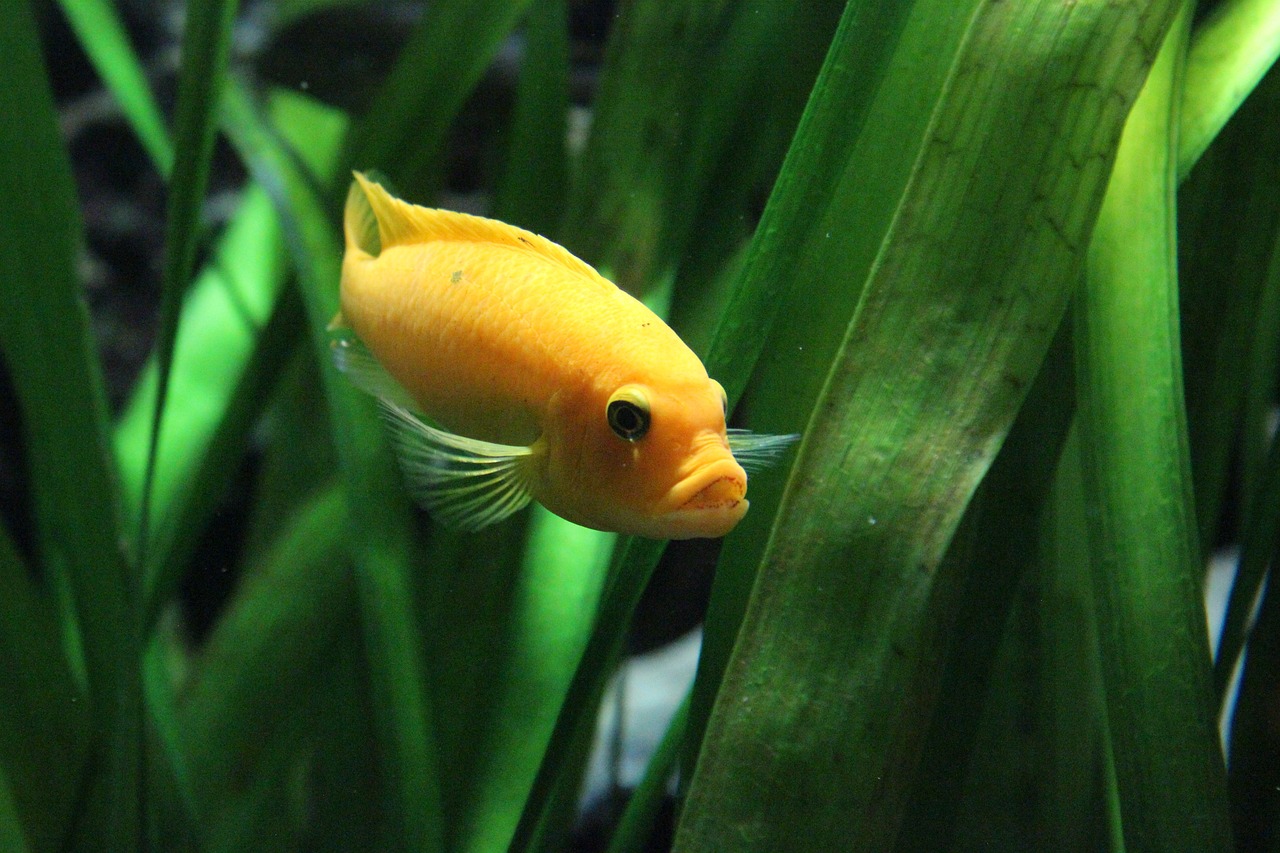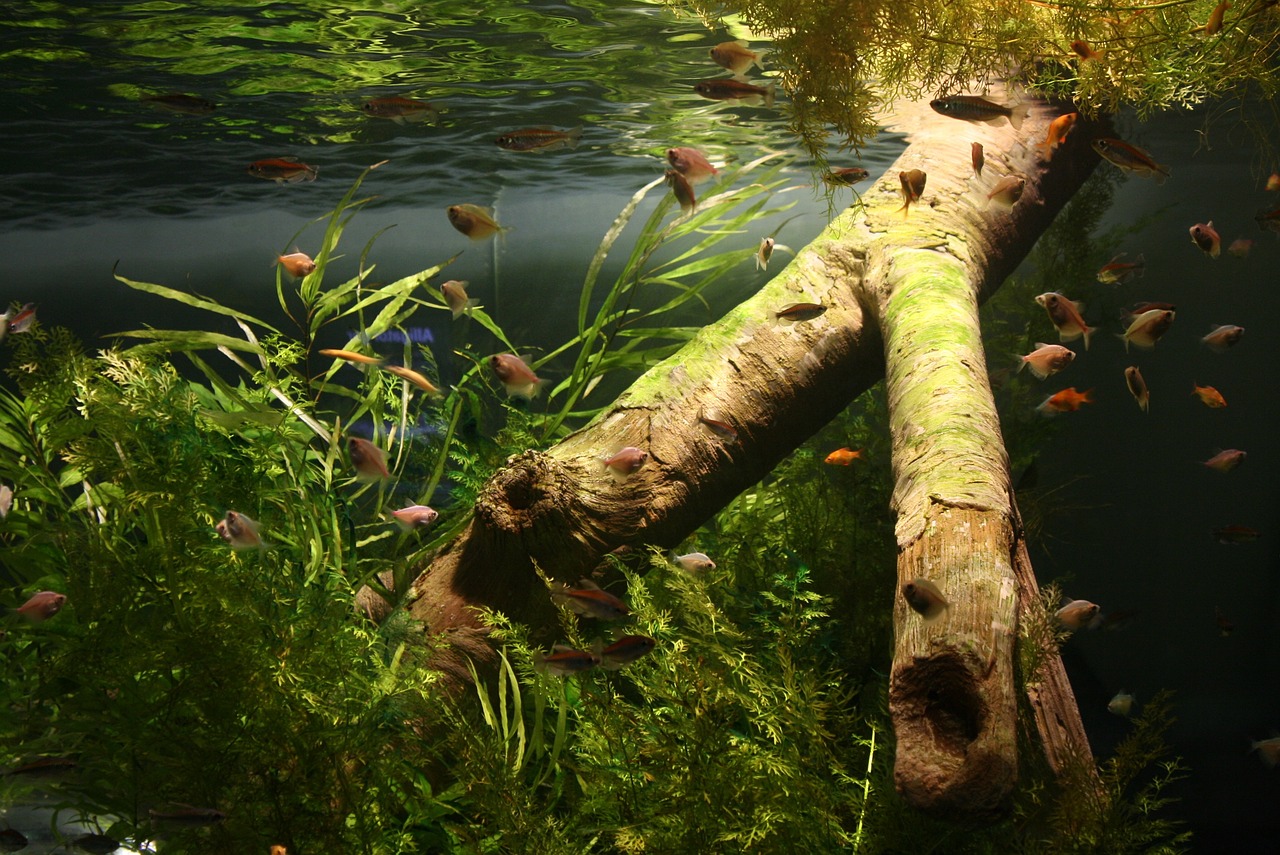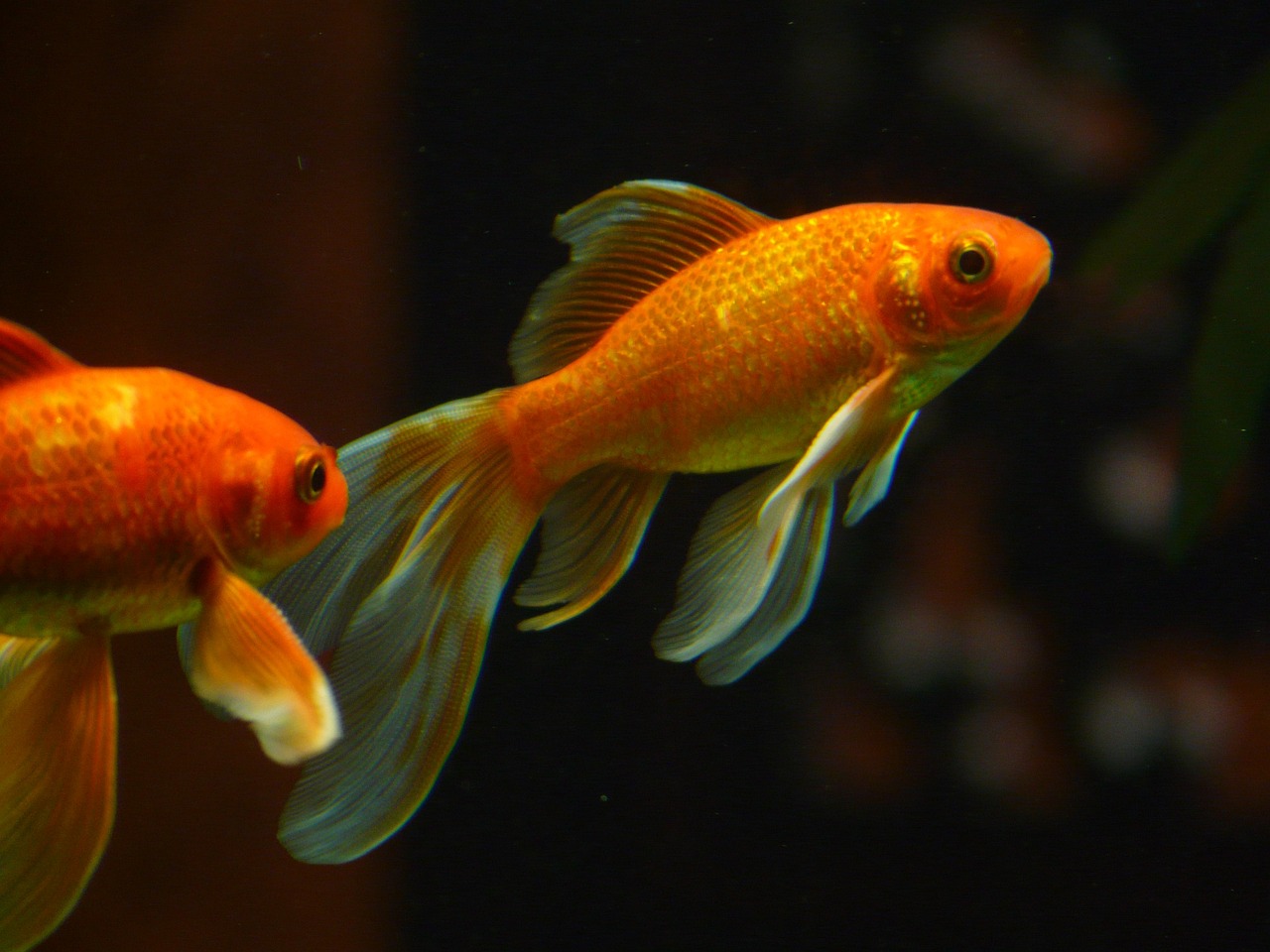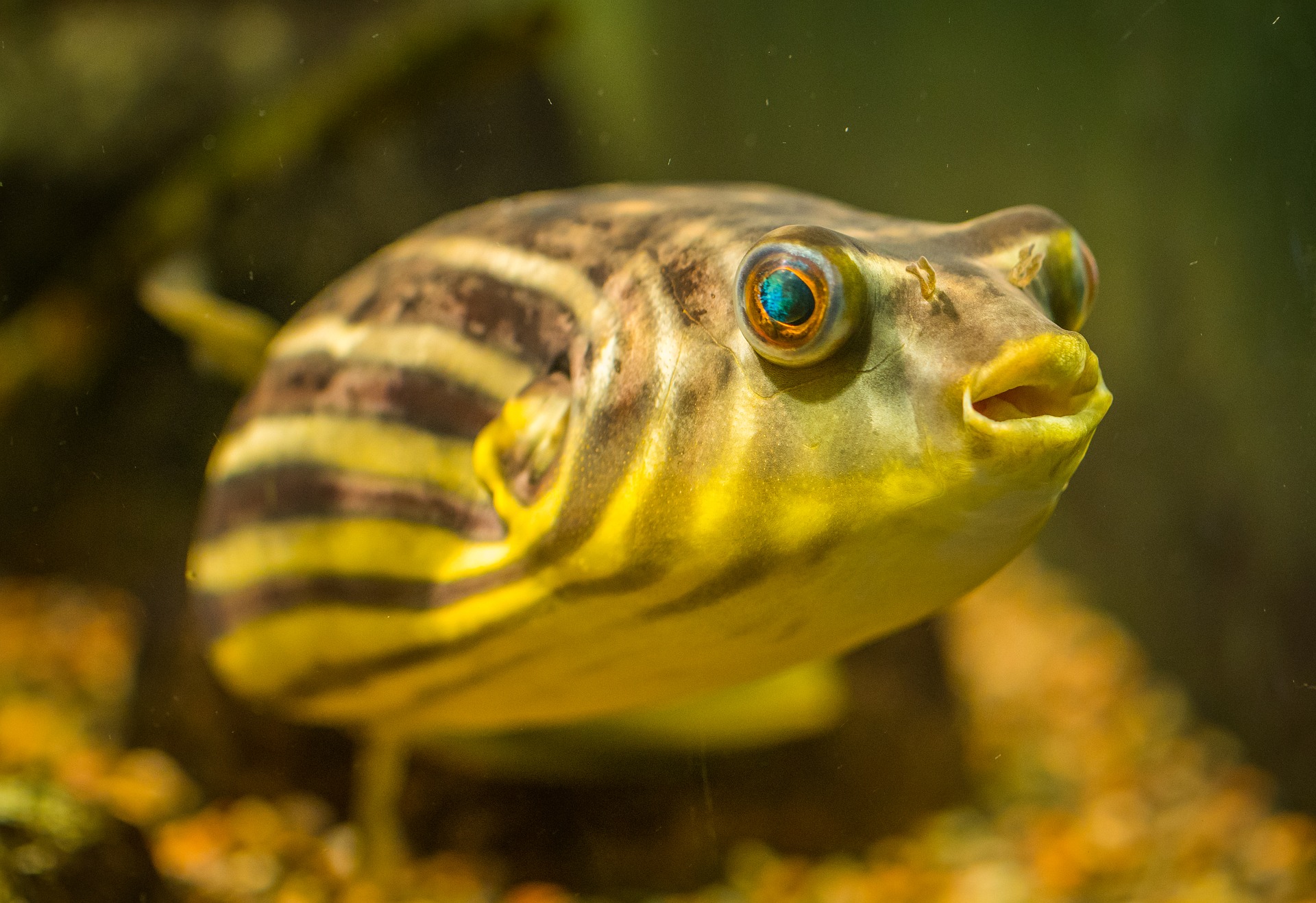Are you ready to dive into the captivating world of aquascaping? Whether you’re a nature lover or a fishkeeping enthusiast, creating a lush, vibrant planted tank can be a rewarding and therapeutic hobby. For beginners, setting up your first planted tank might seem daunting, but with a bit of guidance, you’ll soon be on your way to enjoying a stunning underwater garden. Here’s a step-by-step guide to help you get started, along with some essential tips and tricks for a thriving planted aquarium.

Step 1: Choose the Right Tank
When selecting a tank for your planted aquarium, consider starting with at least a 20-gallon tank. A larger tank provides more stability in water parameters, making it easier for beginners to maintain. Ensure the tank is made of high-quality glass or acrylic and comes with a sturdy stand.
Step 2: Pick the Perfect Substrate
A nutrient-rich substrate is crucial for the health of your plants. Options like aquarium soil or enriched gravel provide the necessary nutrients for root development. Avoid using standard gravel or sand as they lack the nutrients plants need to thrive, unless you are planning for low tech or epiphyte plants like anubias or java ferns.
Step 3: Lighting Matters
Proper lighting is essential for photosynthesis, which is how plants produce energy. Choose a full-spectrum LED light designed for planted tanks. Aim for 8-10 hours of light per day to mimic natural daylight and promote healthy plant growth.
Step 4: Select the Right Plants
For beginners, it’s best to start with hardy, low-maintenance plants such as Java Fern, Anubias, and Amazon Sword. These plants are more forgiving and can tolerate a range of water conditions. Arrange taller plants in the back and shorter ones in the front to create depth and visual interest.
Step 5: Add Essential Equipment
In addition to lighting, you’ll need a good filtration system to keep the water clean and clear. A canister or hang-on-back filter is ideal for planted tanks. Consider adding a CO2 system if you plan to grow more demanding plants, as it helps boost plant growth and health.
Step 6: Planting and Hardscape
Start by placing your hardscape elements, like driftwood and rocks, which create the foundation of your tank’s design. Once you’re happy with the layout, begin planting. Use aquascaping tools to gently place plants into the substrate, ensuring their roots are covered but leaves are exposed.
Step 7: Cycling Your Tank
Before adding any fish, you need to cycle your tank. This process establishes beneficial bacteria that help break down waste. Add a source of ammonia, like fish food or a commercial product, and test the water regularly until levels of ammonia and nitrites are zero and nitrates are low.
Step 8: Regular Maintenance
Consistency is key to a healthy planted tank. Perform weekly water changes of about 20-30% and trim plants as needed to prevent overgrowth. Clean the glass and remove any decaying plant material to keep your tank looking pristine.
Tips and Tricks for Success
- Research and Patience: Take your time researching different plants and fish species that are compatible with your setup. Patience is crucial, as plants and bacteria colonies need time to establish.
- Avoid Overcrowding: Start with a few plants and fish, and gradually add more as you gain experience. Overcrowding can lead to poor water quality and stress for your fish.
- Monitor Water Parameters: Regularly test your water for pH, ammonia, nitrite, and nitrate levels. Keeping these parameters stable ensures a healthy environment for your plants and fish.
- Fertilization: Use liquid fertilizers or root tabs to provide essential nutrients to your plants. Follow the manufacturer’s instructions to avoid over-fertilizing.
- Algae Control: To prevent algae growth, avoid overfeeding your fish and ensure your tank is not exposed to direct sunlight. Consider adding algae-eating species like snails or shrimp.
Embarking on your planted tank journey can be an incredibly fulfilling experience. With the right setup and a bit of dedication, you’ll soon have a beautiful, thriving aquarium that brings a slice of nature into your home. Happy aquascaping!



